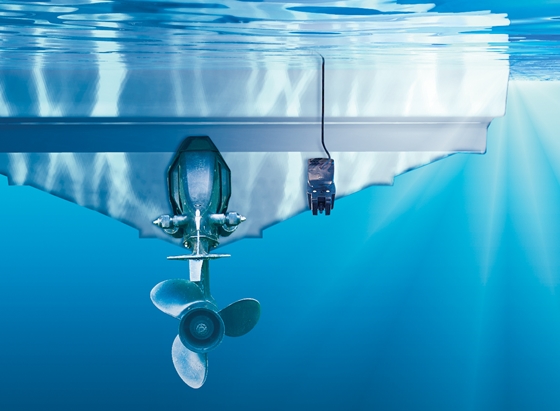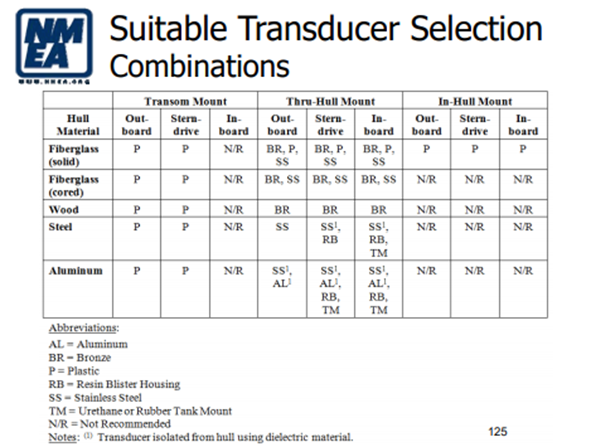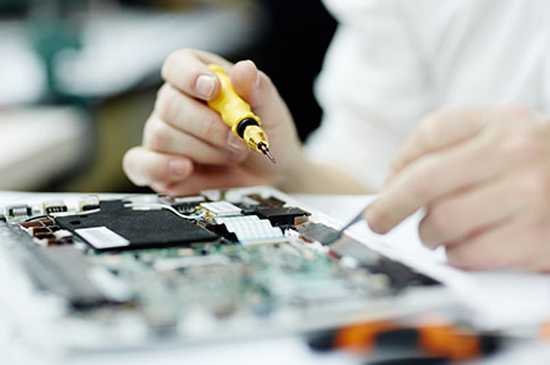A simple guide to transducers

To put it simply a transducer is a device that converts energy from one form to another. Transducers are used in a range of different industries. However, in this guide, we will discuss them in relation to marine.
- What is a transducer?
- Transom Mount Transducer
- Thru-Hull Transducer
- In-Hull Transducers
- So how does this tie in with our Products?
What is a transducer?
Transducers are electrical sensor devices that are used to measure depth. Some also come with Temperature sensors to measure the temperature of the water, information which can prove invaluable to fishermen. Typically this information is fed into a fish finder or an analogue to NMEA 0183 converter.
There are a number of different types of transducers, and an array of suitable materials, depending on the material of the Hull. The combinations of hull materials and transducer material are explained in the table below:

So what are Transom Mount, Thru-Hull, and In-Hull Transducers?
Transom Mount Transducer
Transom Transducers are mounted onto the Transom of the boat and usually sit lower than the bottom of the hull. They are the most popular type of external transducer thanks to their ease of install, and they are ideal for boats being trailered when installed with a kick up bracket, to ensure the Transducer doesn’t hit anything.
Due to the device being fully submerged, they can suffer from drag and don’t always operate well at high speeds. However, they work with any Hull material.
When they are mounted, on a single Engine they should be on the Starboard side of the transom for a single-engine to avoid Prop Wash, and for twin engines, they should be mounted low and between the two engines.
Thru-Hull Transducer
Thru-Hull Transducers are mounted, well…. Thru the Hull! These transducers are widely considered the ‘best’ due to their performance and accuracy because the transducer face is in contact with the water. Another great benefit is that they can be used on all types of vessels, with a variety of different material hulls. When used in combination with high-performance fairings, they give very precise high-speed results and can work with hull deadrise angles up to 25 degrees.
Fairing blocks can be used to compensate for any deadrise angles over 5 degrees, and they are cut to match the deadrise of the hull at the mounting location. The blocks help to reduce drag of the transducer by improving the smooth flow over the face.
In-Hull Transducers
In-Hull transducers are a nifty design, where they are mounted internally on the boat, inside the hull. The major benefit for this type of installation is there is nothing hanging externally on the boat, which not only improves drag but there’s also no concern about hitting the transducer on anything by accident. Alongside this, should it ever need any maintenance, it’s easy to remove without having to take the boat out of the water!
However, there are some downsides to In-Hull’s;
The biggest one is that these only work with certain Hull types, typically on boats with a fiberglass bottom. They will not work with metal or wooden hulls.
Also, they are usually larger than something like a Thru-Hull due to the expected signal loss through the hull, and they also have to sit within a Tank that should be filled with Non toxic Marine / RV Anti-Freeze.
No matter which type of transducer you use, there is one key principle that is constant! That is… vertical beam;
A correctly mounted transducer should have a vertical beam that points straight down towards the bottom, ensuring that the echo returns are both strong and accurate. By having your vertical beam off of centre / not straight down, you will get inaccurate readings, and the image on your fish-finder will be of lower quality.
One important point to clarify is that there are ‘Transducers’ and ‘Tri-Ducers’. Tri-Ducer is short for Triple Transducer, meaning there are 3 contained within one device. These are capable of measuring Speed, Depth, and Temperature. Some Tri-Ducers are marketed as Transducers, and sometimes the names can be crossed over or the lines are a little blurred. If you only want Depth then a single Depth Transducer is suitable, however, if you need all 3 measurements, a Tri-Ducer is required.
So how does this tie in with our Products?
The Actisense DST-2 is an ideal product for Transducer installations. Our device is a Digital Transducer Interface, capable of supporting Depth, Speed, and Temperature. The Analogue output of your transducer is fed into the relevant input on the DST-2, and the device will digitize this signal into an NMEA 0183 output. On its own, the DST-2 works with NMEA 0183 compatible devices, such as chart plotters or On-Board PC’s, however when combined with our NGW-1 NMEA 0183/2000 Bi-Directional Conversion gateway, the capability is much greater.
You can connect our NGW-1 to the output of the DST-2, which will convert your 0183 data into NMEA 2000 data, so it can be accessed by any NMEA 2000 network device on your network, such as an MFD or a chart plotter.





